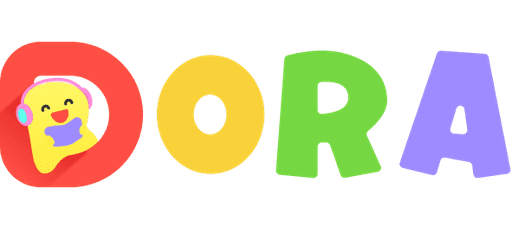Feb 19, 2025
Helping your child learn to read is one of the most rewarding experiences for any parent or teacher. Watching the joy on their face when they decode their first word is truly priceless.
What was once a mystery—how adults effortlessly read—becomes an exciting adventure as children begin to understand the power of words. Decoding their first word is a milestone that signals the start of their reading journey.
Mastering Letter Sounds: A Key Step in Reading Development
A fundamental part of preparing your child for reading is teaching them letter sounds. There are several fantastic programs designed to bring letters to life, like Letterland and Sounds in Motion, which use multisensory techniques to help children learn. Letterland associates each letter with fun characters, songs, and stories, while Sounds in Motion links each sound to a movement, making learning playful and active.
Another well-known method involves teaching the letter name, associating a word with the letter, and then focusing on the sound (e.g., “b” for bat, /b/ for the sound). Regardless of the approach you choose, the most important takeaway is:
It’s the sound, not the letter name, that matters when sounding out new words.
By incorporating multisensory activities—such as look, say, and do—you help reinforce these sounds. Simple activities, like tracing foam letters while saying the sound aloud, can also help solidify the sound in their memory. Fluency in recalling letter sounds is crucial in the early stages of reading development.
Daily Practice: Reviewing Letter Sounds for Mastery
To help your child gain fluency, make letter sound review part of your daily routine. After your child has learned the sounds of each letter, try using flashcards with only the letter symbols—without the hooks, words, or motions attached. This encourages automatic recall. If a child struggles with a sound, revisit it with the associated learning tools (such as the picture or object) to make it more memorable.
For example, when your child is learning to sound out words like cat, they need to recall the sounds /c/, /a/, and /t/, not the letter names. This blending process is essential for beginning readers, and research shows it must be taught and practiced consistently.
By frequently practicing letter sounds, your child will begin to decode new words more confidently. As they master simple words like cat, they’ll be better equipped to tackle longer, more complex words in the future, such as caterpillar or category.
Simple and Fun Activities to Teach Letter Sounds at Home
You don’t need an expensive program to teach letter sounds—simple, hands-on activities can be just as effective! A great DIY activity is to create large bubble letters of the target sound on a piece of paper. Inside the letter, glue pictures or objects that start with that sound. As your child glues, have them say the letter sound out loud. For instance, when teaching the letter “m,” glue marshmallows inside the letter m while saying the sound /m/. The fun association with marshmallows makes the learning process more memorable, especially since the /m/ sound is tied to something they can enjoy!

